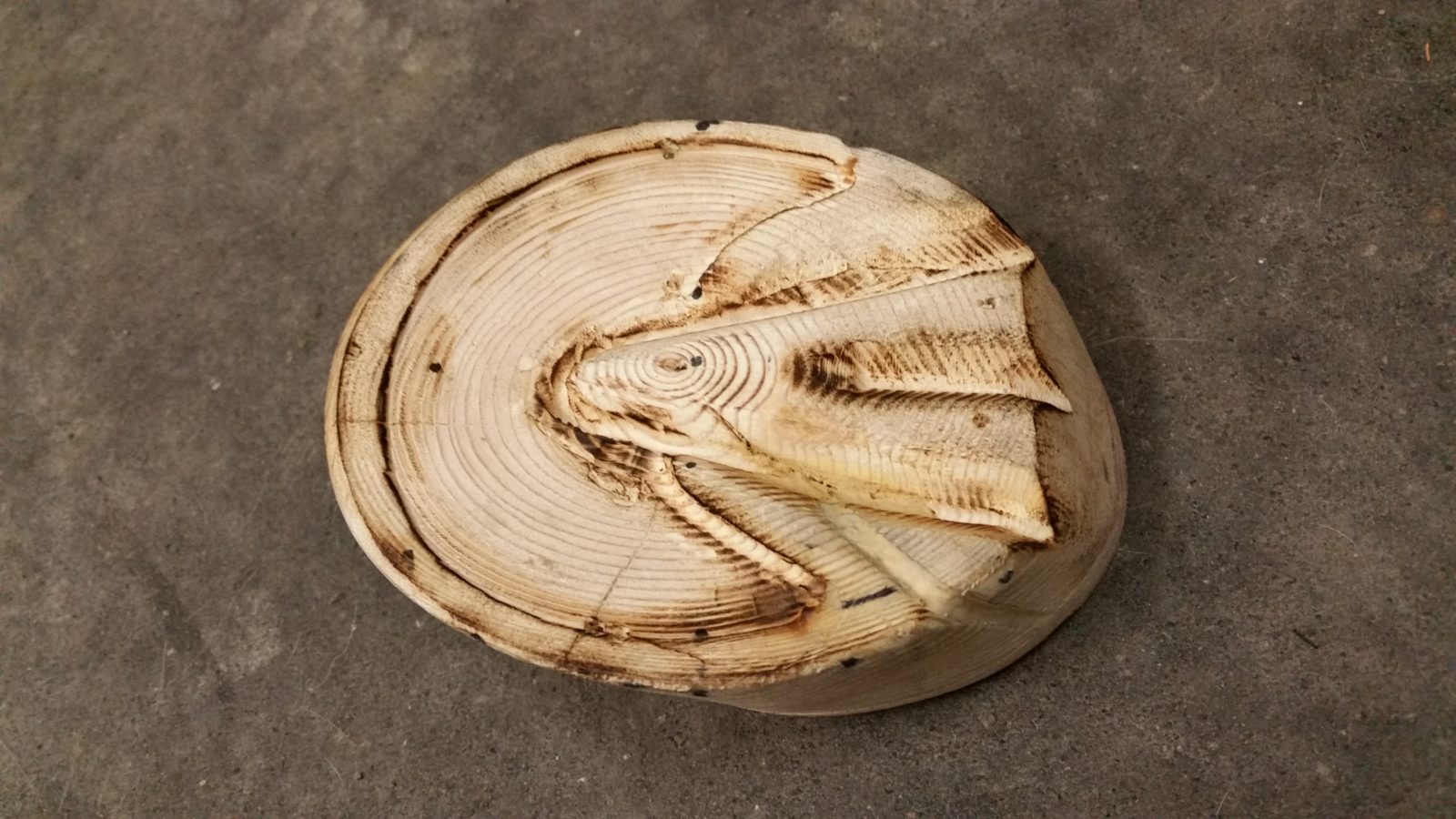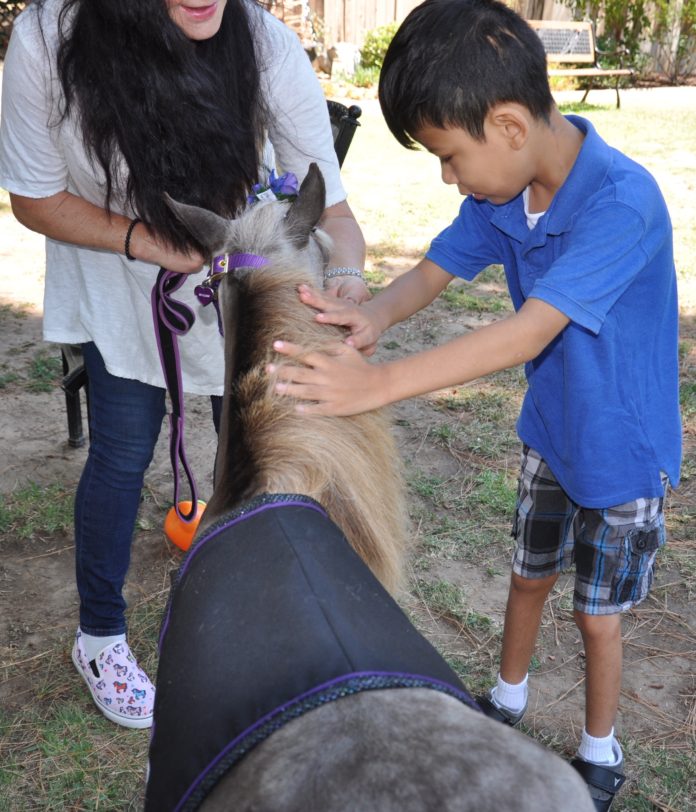Submitted by Chris Niclas CJF, CLS and owner of Chris’ Farrier Service Inc.
There have been many changes in the hoof-care industry over the last 25 years. One of the changes I have come to appreciate is the use of adhesives and glue-on shoes. From being intimidated by the failures of using glue in the beginning, to becoming comfortable using it in my daily practice, it has been a journey. As a teenager I became interested in hoof-care out of necessity. Almost 25 years later, I still have a passion for the horse and am driven to continue learning new skills as a farrier.
I met Mark Plumlee, owner and instructor of Mission Farrier School, at an International hoof-care clinic he hosted in the late 1990’s. Mark is a Certified Journeyman Farrier, a Registered Journeyman Farrier, and a Certified Lameness Specialist. Knowing that Mark has been on the leading edge of farrier science, when it comes to farrier education, I approached him last fall and asked if I could attend Mission Farrier School. After 20 years as a professional farrier, I was excited to learn how much information is available in both the art and science of hoof-care.
During my time at MFS, Mark asked me if I would be willing to partner with his school to go deeper into the emerging market of gluing on shoes in a way that was meaningful for the horse. Since I am currently working on my own certifications for becoming an Instructor and Examiner for the Equine Lameness Prevention Organization (ELPO), I realized this would be a good opportunity for me to thoroughly investigate the Glue-On protocol, as part of my “homework” for the ELPO certification.
In teaching a glue clinic, I knew I needed to investigate and confirm what the general Glue-On protocol was currently. So last November, after attending a level 5 clinic with the ELPO in Loveland, CO, I drove down to Durango, CO and had the privilege of spending a day with Garrett Ford, CEO of EasyCare Inc. We spent most of the day gluing on shoes, as well as sharing our ideas, inventions, and prototypes. Becoming familiar with using glue and synthetic shoes has given me multiple options to protect and support the equine foot in both performance and therapeutic applications.
I knew I did not want to work with cadaver feet when teaching the glue clinic at Mission Farrier School. I also wanted an easy and simple way students could learn to work with the glue without the added stress of being under a horse. This led me to create a wooden foot that attached to a hoof stand and simulated the working positions needed to both glue on a shoe and remove it, since both are important when working with a glue-on equine clientele.
Garrett Ford and EasyCare Inc. were very generous in donating shoes and glue for the clinic. Additionally, Larkin Greene the Western Regional Sales Manager for Vettec, also donated glue and came up from California to attend the clinic. Larkin was instrumental in sharing his knowledge of chemistry and the structures of how the different adhesives work. His 35 years of experience gave us all many valuable tips in using glue successfully.
The Glue clinic was attended by farriers and students from across the United States. The state that were represented included Alaska, Washington, California, Colorado, Montana, North Carolina, Massachusetts and even the Netherlands. Everyone at the clinic had an opportunity to glue on 3 different shoes the EasyShoe Performance N/G, EasyBoot Glue-On and the EasyShoe Sport.
After each gluing exercise we would gather as a group and the class would share what they learned. This created a positive learning environment and allowed everyone to learn from others mistakes and successes. For most of the people attending the clinic, this was their first experience using glue. The learning curve often leaves a person discouraged or overwhelmed, which can lead to not using adhesives as a tool in their trade. My goal was to teach the steps of how to clean and dry the foot, so it is prepared for the process of gluing on a shoe and is the key to a successful gluing job. Providing a hands-on experience, students were able to learn firsthand what it looked like if they applied too much or too little glue. Being able to practice both gluing on a shoe and taking it off multiple times, created an environment where each participant could gain confidence in the process.
It is important to remember that each horse is an individual and each foot may have its own special needs. Throughout the two days there were brain puzzles on a dry erase board that challenged all attending to think outside the box. This became an exercise to stretch our minds in creativity and problem solving. For the third project everyone was able to create a problem and a solution for their wooden horse’s foot. I really enjoyed watching how creative each team was at putting into practice “thinking outside the box”. Some teams made hoof wall extensions, others created a shoe with a hospital plate that could be glued on and others created ways of doing a hoof wall repair. At the end of the day I did a live demonstration putting all the pieces into practice on a special needs horse.
If you are curious and find yourself inspired to explore the world of adhesives and all the possibilities with gluing on a shoe, checkout the webinars that EasyCare has put together. They are well worth taking the time to watch and study.
Mission Farrier School has been teaching leading edge farrier science for 25 years, and offers a quality Farrier education. Most of their students come with little to no horseshoeing experience, but occasionally you’ll find a few seasoned professionals like myself learning the new science and advancing our own skills, right along-side the newbies.
The Equine Lameness Prevention Organization offers clinics and classes throughout the year teaching Hoof Mapping, proper Barefoot Trimming and advanced classes for becoming a Certified Lameness Specialist or Certified Farrier Glue Practitioner.
Vettec has countless clinics throughout the year and many helpful webinars and videos available on the internet. Take the time to check them out.
If anyone wants to practice on their own with a wooden horse hoof adapted to fit a hoof jack, mine will be available for sale by special order. I have found the horse is the best teacher of all. At the end of each day, it is the opinion of the horse that guides us to becoming the best hoof care providers we can be.

A big thank you to Mark & Karen Plumlee, Steve Foxworth, Garrett Ford, Larkin Greene, James Klund and my wife Kristi in helping and equipping me to help others.





